Along the Shores of the
St. Lawrence
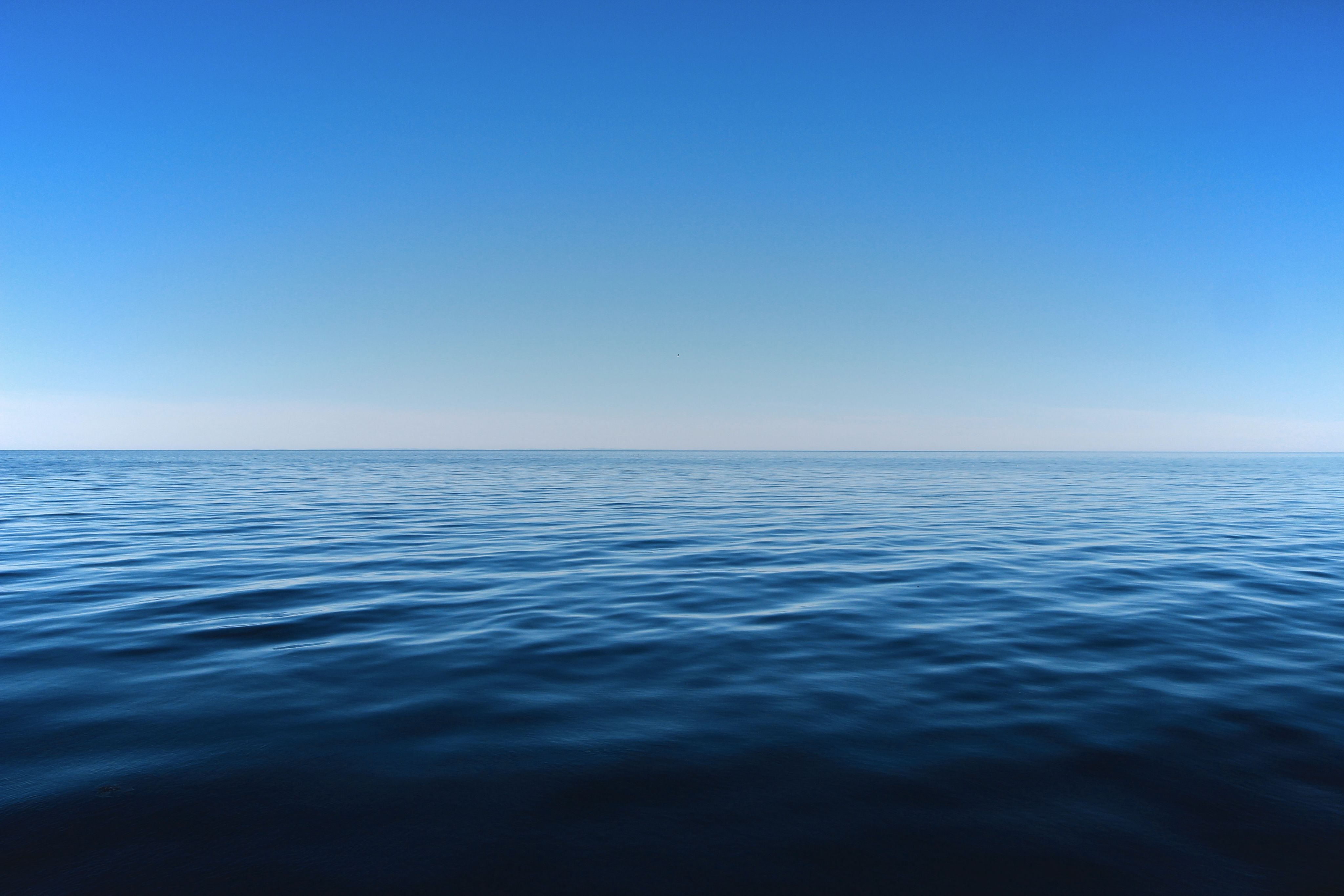
Both historically and economically, the St. Lawrence River is one of Canada's most vital waterways. It travels for 1,200 km, connecting the Great Lakes watershed to the Atlantic Ocean. As it flows eastwards, it widens and transitions from freshwater river to estuary to gulf.

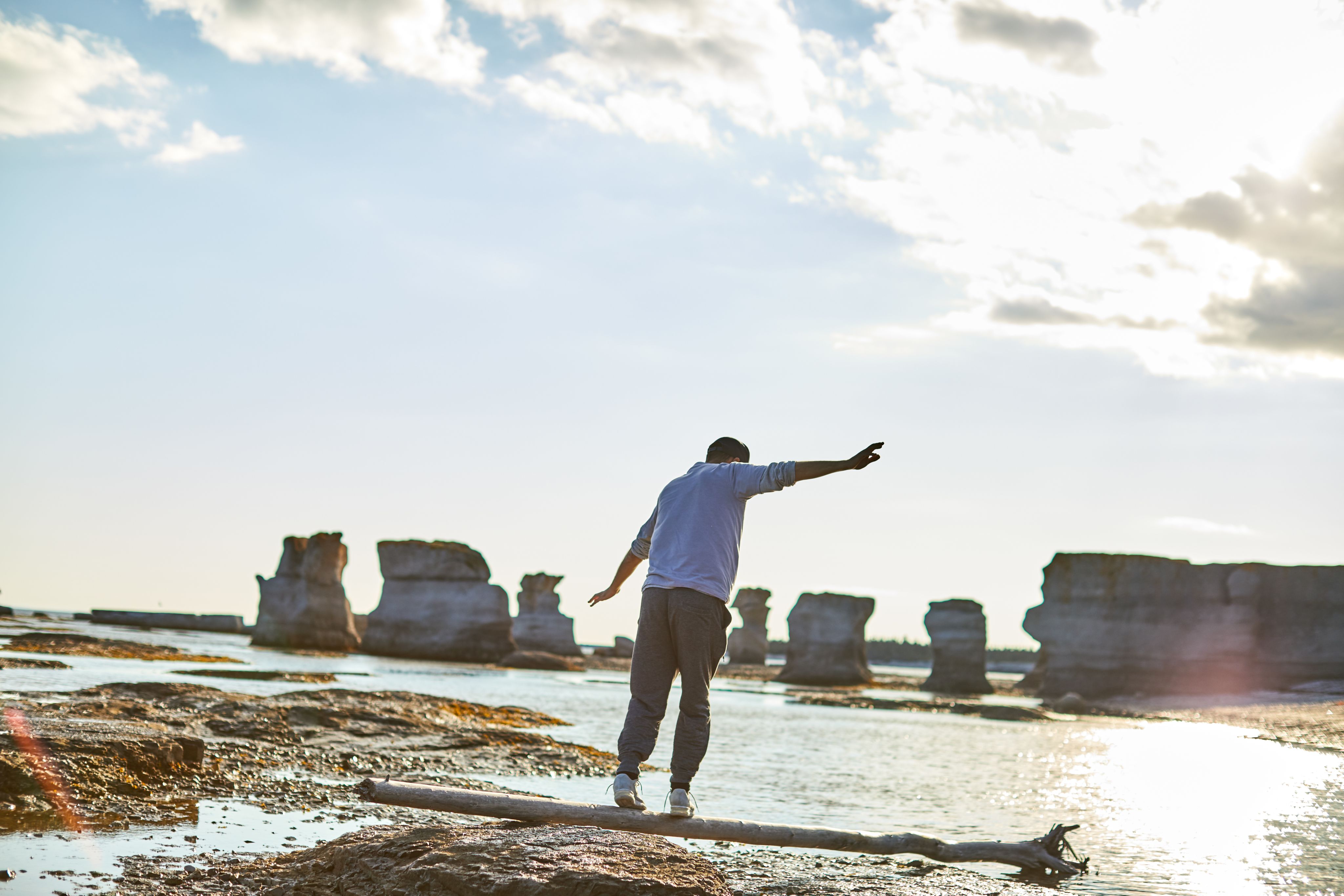
Known as the Big Waterway — or Kanaiatarowenenneh — the river we now call the St. Lawrence (or Saint Laurent) was instrumental in the lives of Indigenous people for thousands of years. First Nations, including the Mohawk, Huron-Wendat, Iroquois, Algonquin and Mississauga Nations, all relied on the river as a primary thoroughfare and as a source of food.
The first European settlers used the river to access the continent and some of the earliest colonies were set up along its shores.
Today, the river continues to be used as a vital thoroughfare for ships connecting from the ocean to the Great Lakes. Its shores are dotted with communities both big and small. Read on below to discover a few of the regions that make this waterway such a dynamic area to explore.
Kingston & the Thousand Islands
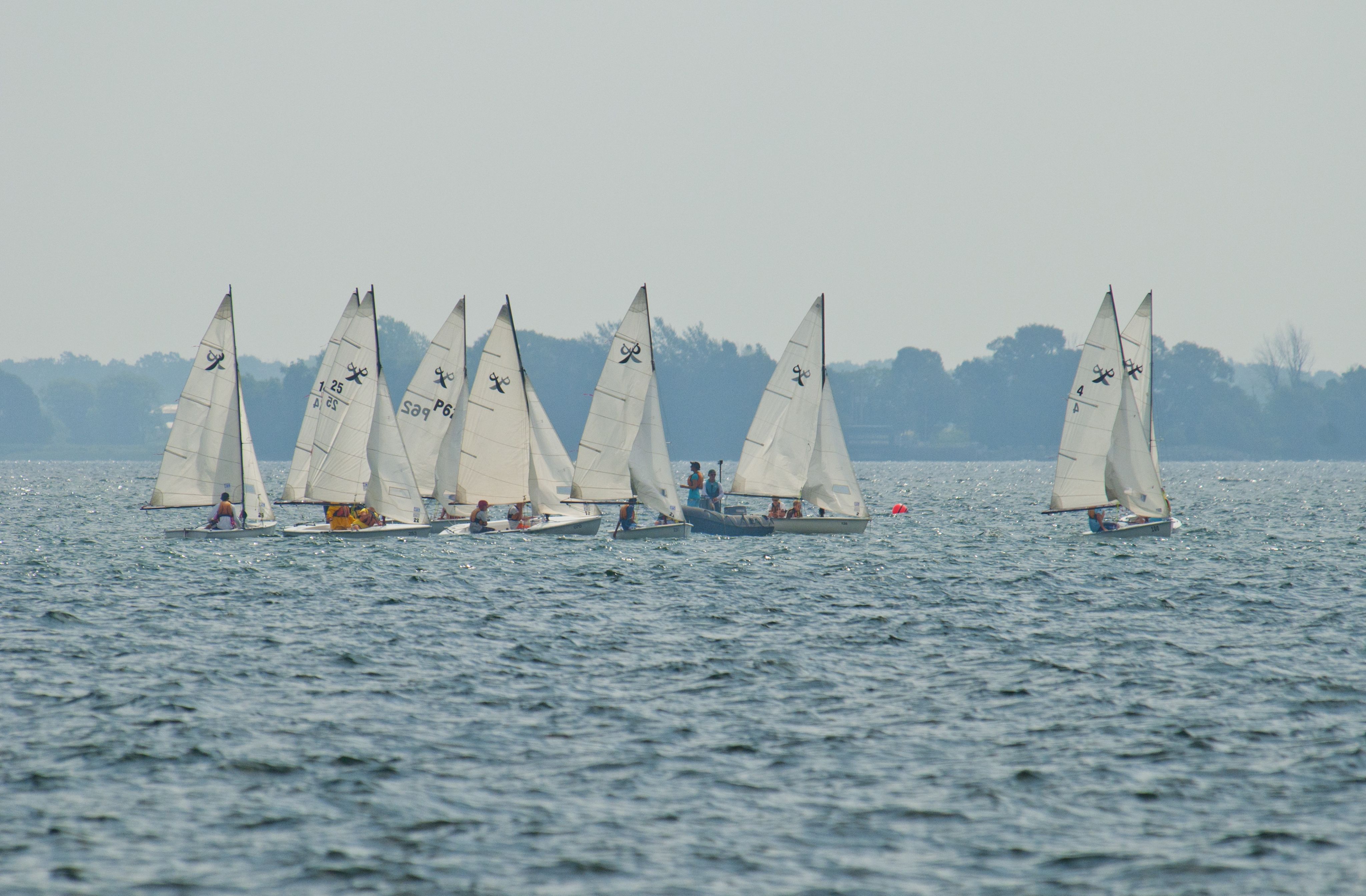
The headwaters of the St. Lawrence River begin at the outflow of Lake Ontario in Kingston. Known as the Limestone City for its many buildings made of the silvery white rock, Kingston has a pretty waterfront location and can be reached from some of Canada's biggest cities (Toronto, Montreal and Ottawa) in under 3 hours.

Kingston. Photo: Destination Ontario
Kingston. Photo: Destination Ontario
Kingston is often the jumping-off point for discovering the Thousand Islands, an archipelago — home to castles, shipwrecks, historical sites and incredible natural beauty.
The Thousand Islands consist of 1,864 granite islands that dot the St. Lawrence River on the border between Ontario and New York State. On the Canadian side, the islands begin northeast of Kingston and end around Brockville. Formed millions of years ago, the islands are actually the tops of an ancient mountain range and are part of the ecologically important Frontenac Arch Biosphere that links the precambrian shield in Algonquin Park with the Adriondack Mountains in the United States.
Read more about the Frontenac Arch Biosphere.
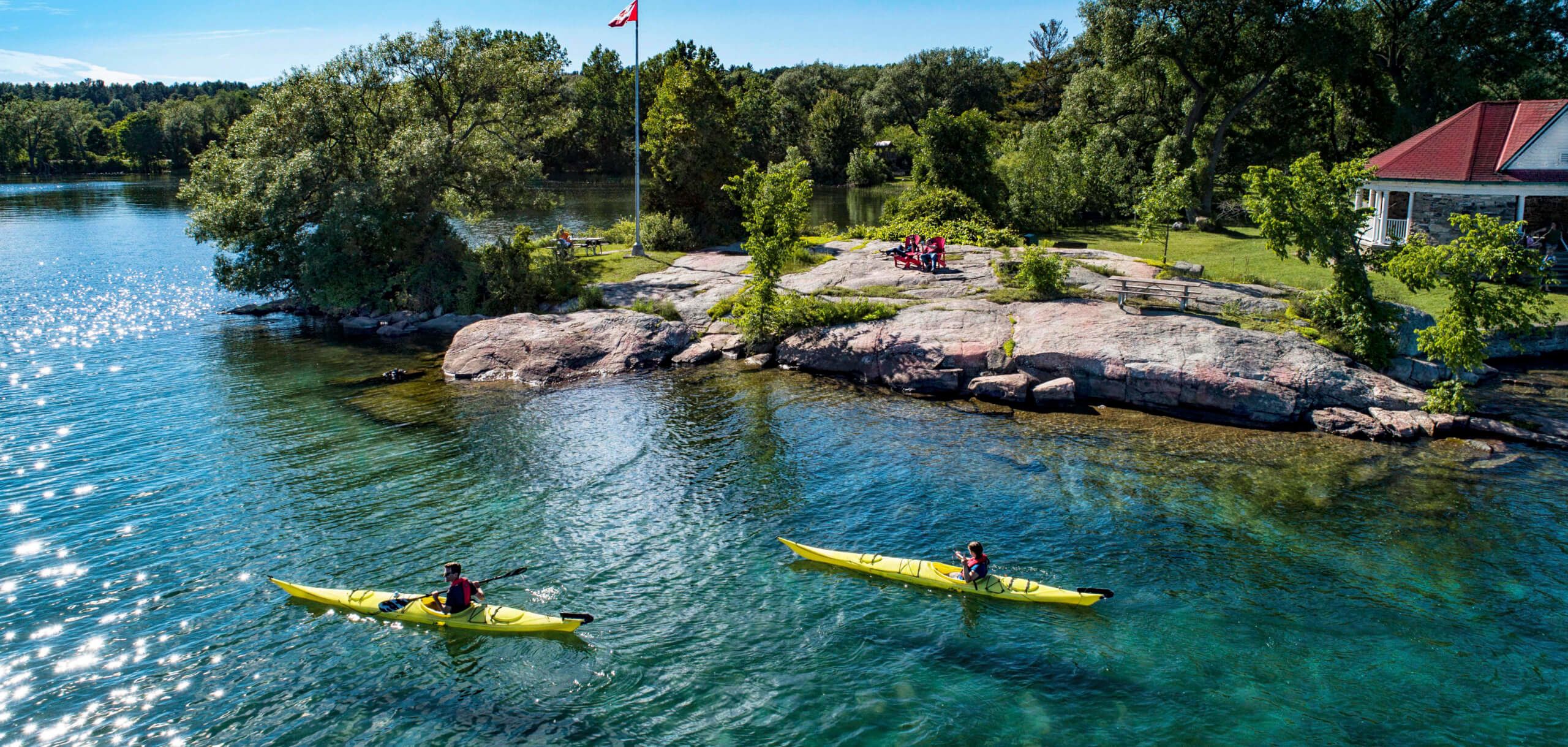
Photo: Parks Canada
Photo: Parks Canada
The best way to experience the Thousand Islands is to get out on the water, either on a boat cruise to get a sense of the wider area or by kayak to see the islands up close. Read about the various ways to see the Thousand Islands here.
Montreal

The largest city in the province of Québec, Montréal is easy to explore and even easier to love. The city, which sits on a large island surrounded by the St. Lawrence River, is home to a variety of neighbourhoods, each with their own unique vibe. It provides a cool blend of old-world and modern. Well-known for its incredible restaurants and eclectic nightlife, Montréal is a fantastic city to spend a weekend or a week.
Québec City & Île d'Orléans

With a city centre that feels like you've stepped into a European fairy tale, Québec City charms visitors all year long. The 400-year-old city centre is a UNESCO World Heritage Site and views of the widening St. Lawrence River are breathtaking from here.
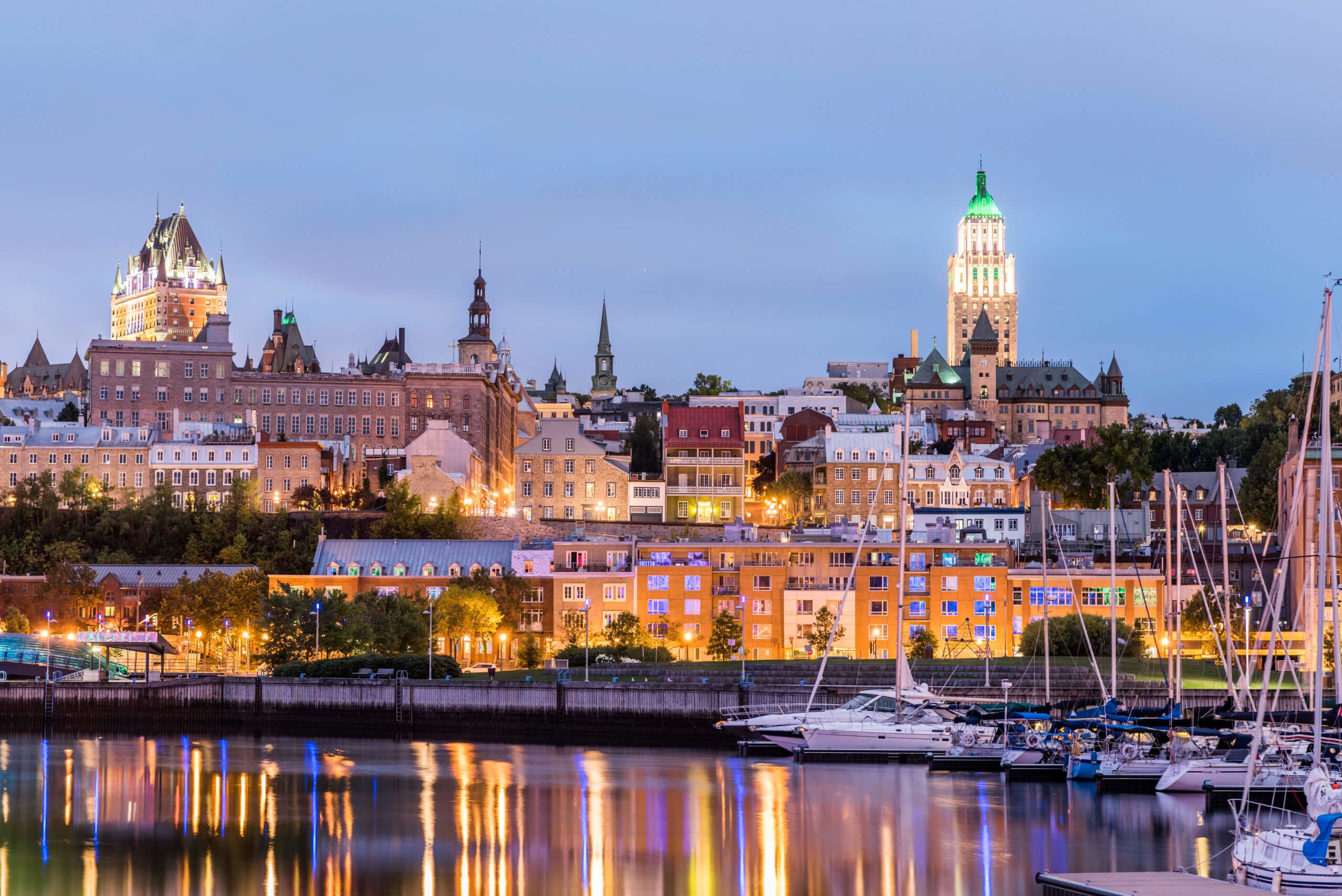
Photo: Jean-François Frenette
Photo: Jean-François Frenette
Starting at the Île d'Orléans, which is an island that sits just outside the city, the fresh water of the St. Lawrence River begins to mix with the salt water from the Atlantic Ocean. It is the start of the St. Lawrence Estuary and as you move further east, the river begins to have a more noticeable tide.
Because the density of the salt water is different from that of the fresh, the Estuary contains two layers of water thus creating a rich environment for sealife. The St. Lawrence Estuary is one of the deepest and biggest in the world.
Charlevoix & the Saguenay Fjord
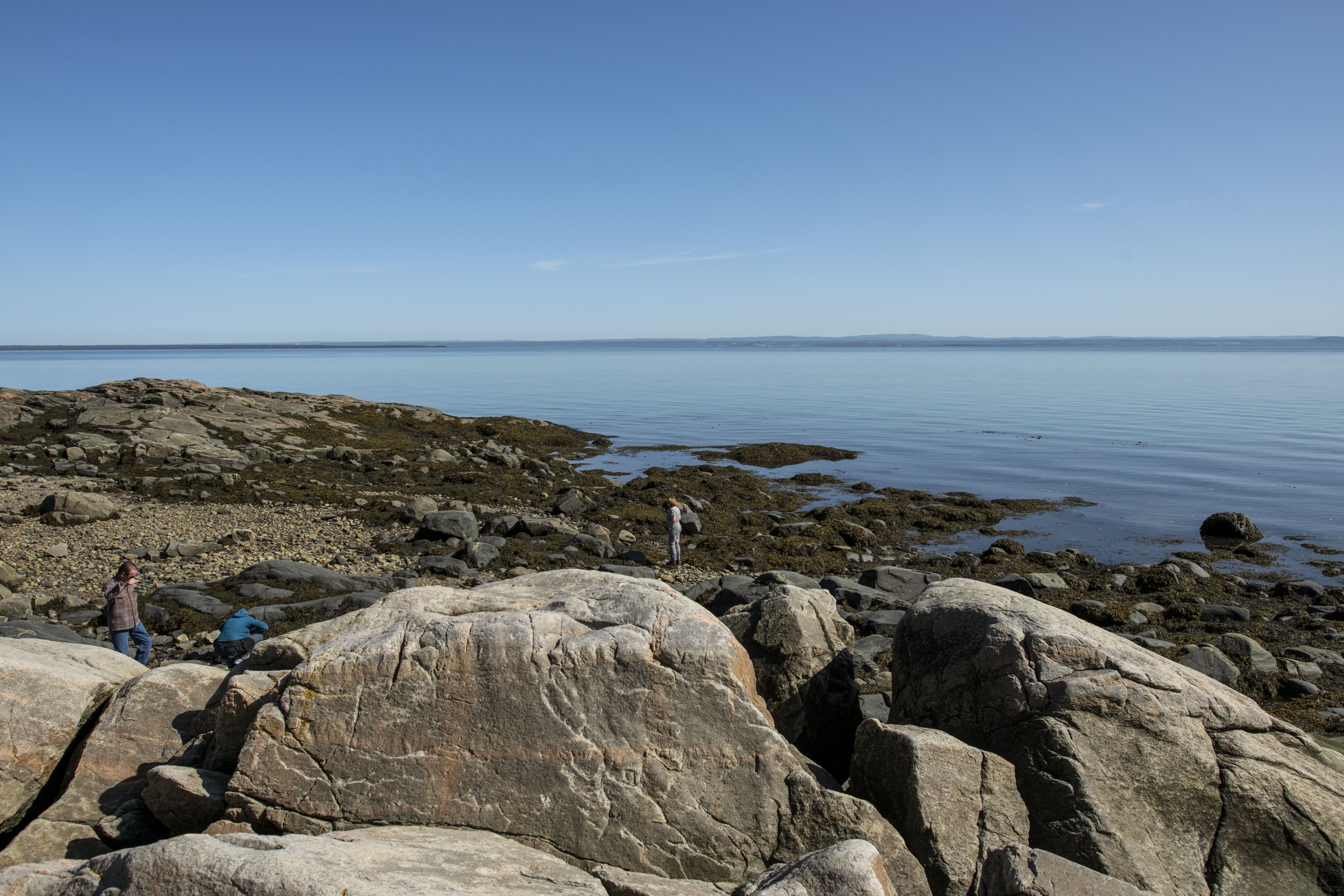
As you move east along the banks of the St. Lawrence, the river begins to resemble more of a sea. The air takes on the unmistakable briny scent of salt water.
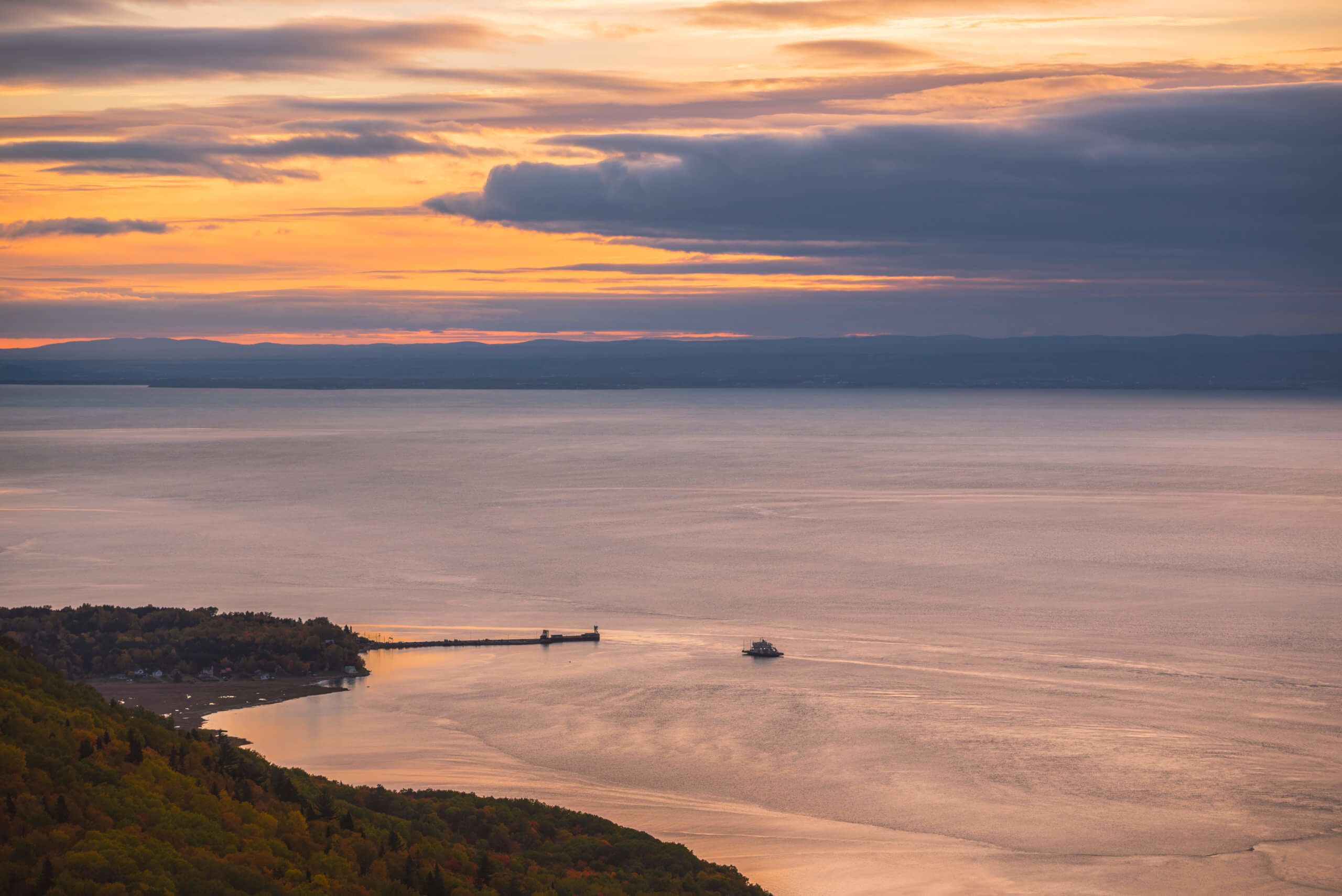
Photo c/o Tourisme Charlevoix
Photo c/o Tourisme Charlevoix
On the north shore of the river, you'll find the bucolic region of Charlevoix. Read about the region's incredible schooner history here.
Just off the coast of Charlevoix is the beautiful island known as the Isle-aux-Coudres. It is accessible by a ferry that runs regularly all day between it and the village of Saint-Joseph-de-la-Rive. Read more about the island here.
The Charlevoix region ends at the mouth of the Saguenay Fjord, which spill out onto the St. Lawrence River. The confluence of these two rivers is a hotbed for whale watching, centred in the charming village of Tadoussac.
Read more about the stunning Saguenay Fjord here.
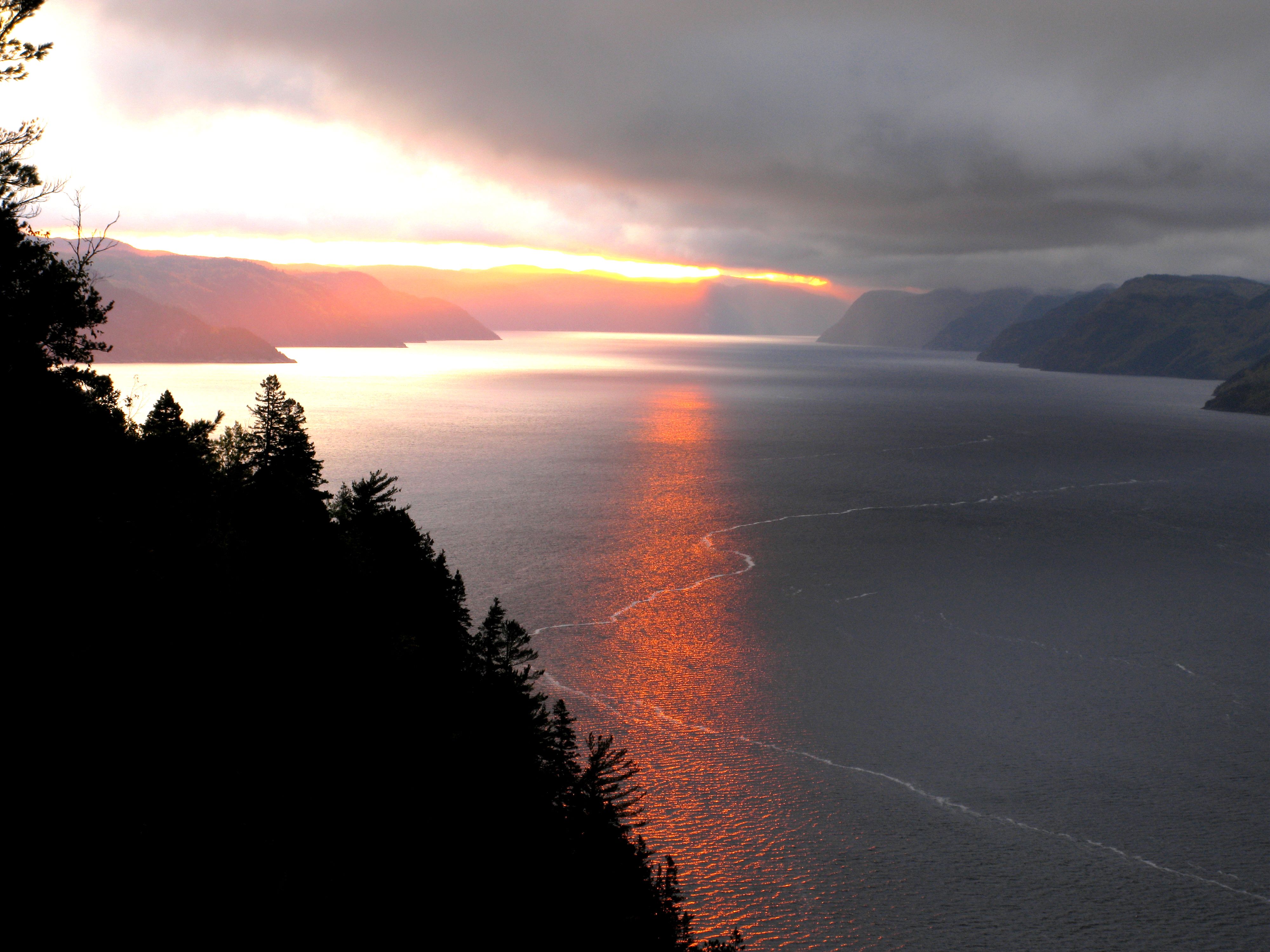
Photo: Saguenay-Lac-saint-Jean/J.Tanguay
Photo: Saguenay-Lac-saint-Jean/J.Tanguay
Just around Tadoussac, the St. Lawrence reaches full salinity. Whales such as the Minke, Humbpack and Blue all visit this region during the summer months. A pod of Belugas lives in the area (around the meeting point of the Saguenay and St. Lawrence) year round.
The Gaspé Peninsula
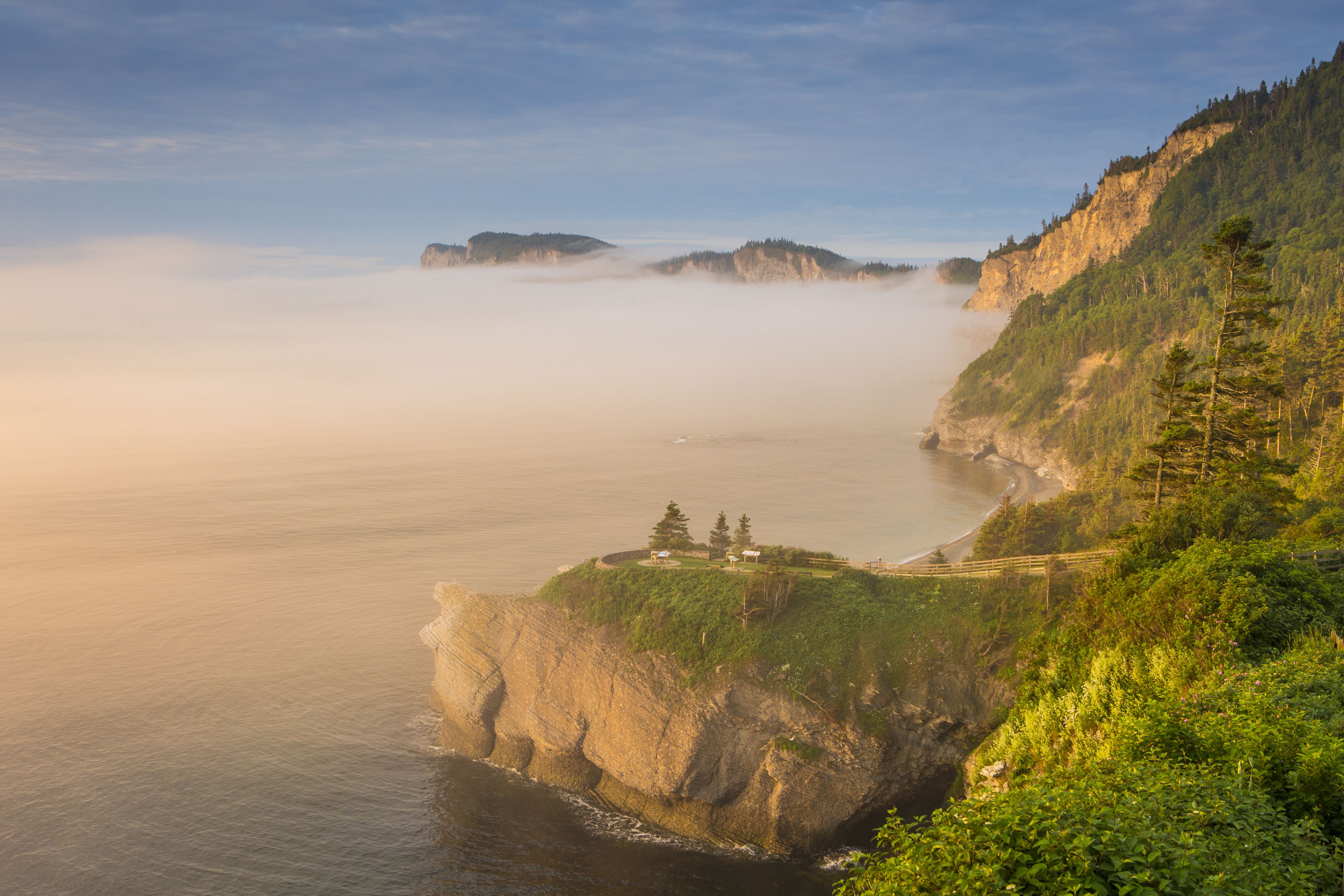
Driving along the south shore of the St. Lawrence River will bring you to the Gaspé Peninsuala, a spectacularly beautiful region that juts out into the Gulf of St. Lawrence. It is filled with beautiful bays, remarkable historic sites and summits that reach over 3,000 feet.
It is part of a region known as Québec Maritime, which starts in Tadoussac and also includes the Côte-Nord and the Îles de la Madeleine.
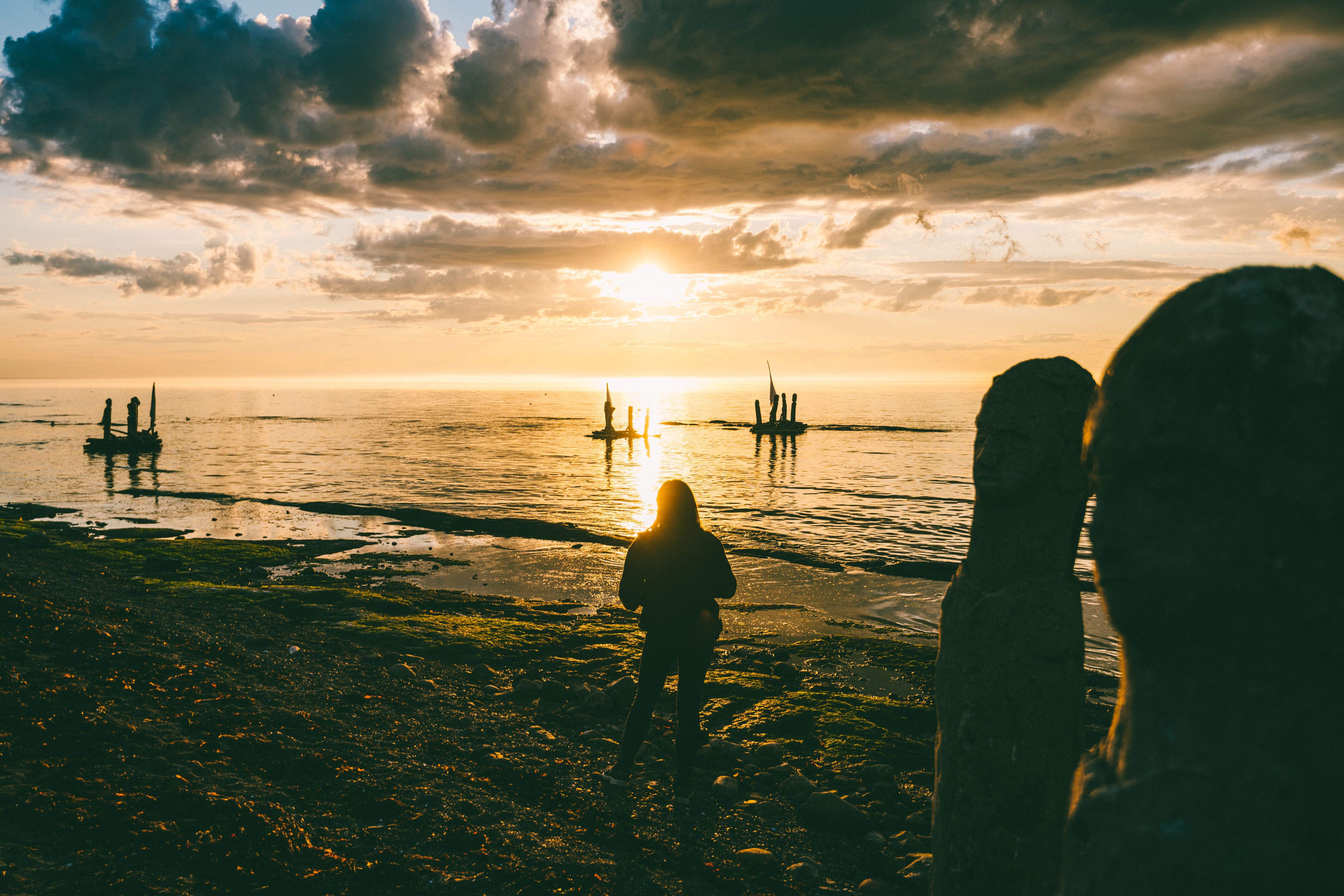
Exploring along the St. Lawrence River will bring you to some of the most incredibly spectacular locations in the country. These regions are just the tip of the iceberg when it comes to tourism on the mighty St. Lawrence.
If you're looking to plan a trip to any of these regions, reach out to us. We'd love to help.

Gaspesie. Photo by Steve Deschênes/Bonjour Quebec
Gaspesie. Photo by Steve Deschênes/Bonjour Quebec
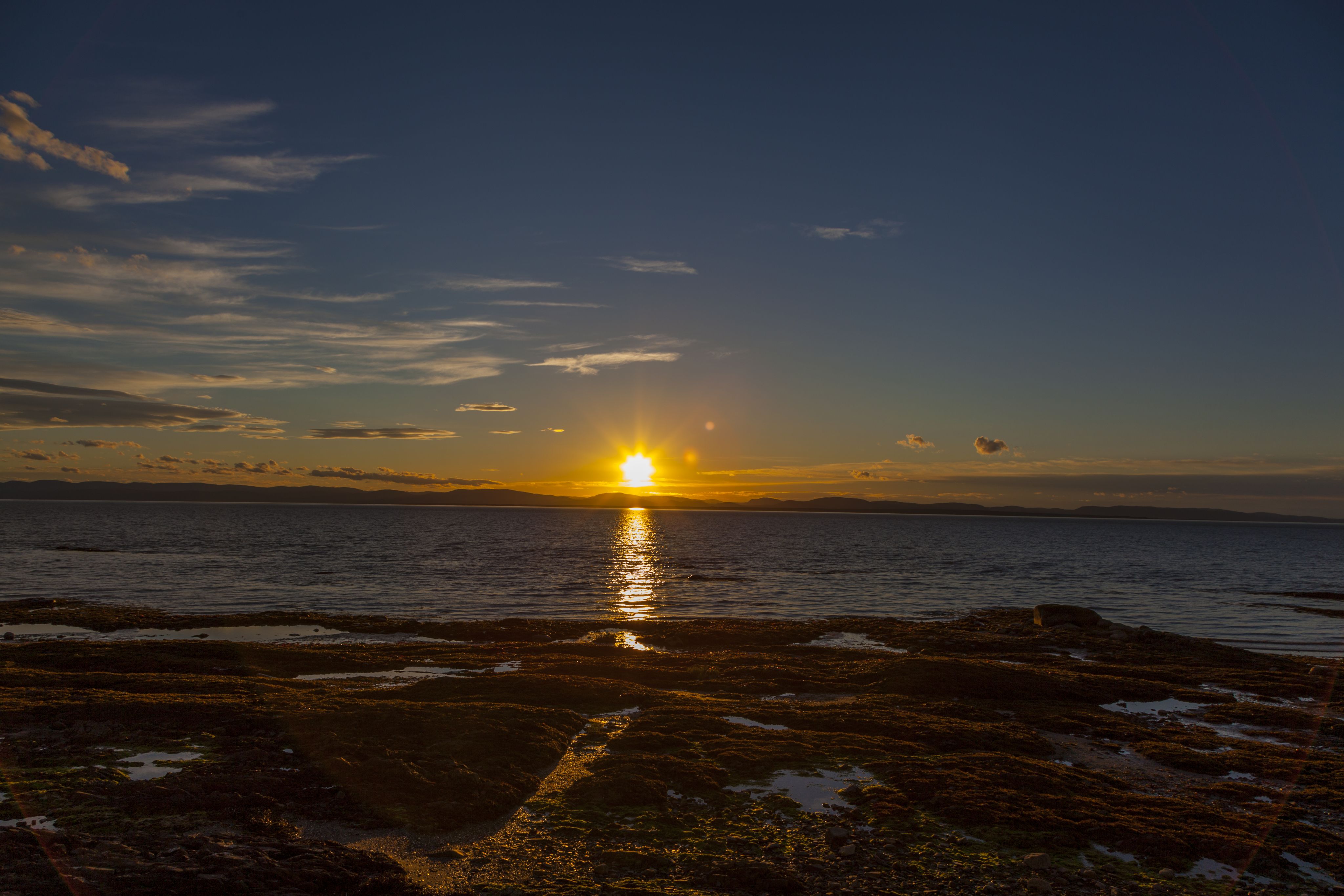
Bas-Sainte-Laurent. Photo by André Quenneville/Bonjour Quebec
Bas-Sainte-Laurent. Photo by André Quenneville/Bonjour Quebec
